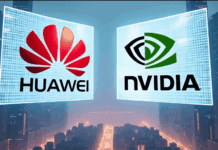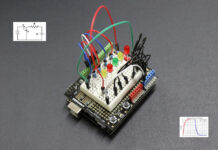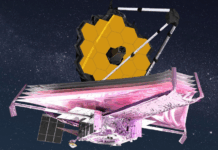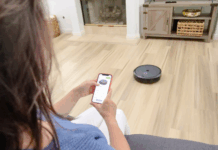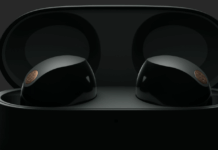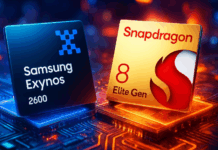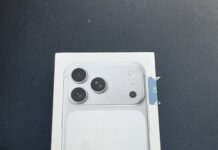Even if the term “Internet of Things” — or IoT for short — doesn’t ring a bell, chances are you’ve already experienced it in your daily life. From wearable fitness trackers that measure our steps to fully-automated production lines in factories, IoT connects devices to the internet and enables them to communicate and exchange data with one another.
In turn, this network of sophisticated systems has made our lives easier by delivering smarter, faster, and often more efficient solutions for everyday challenges.
In our increasingly modern and interconnected world, dynamic QR codes, such as those made by QRNow, are playing an essential role in simplifying IoT device setup, enhancing user experiences, and improving system integration. Let’s take a look at how it happens.
What is the Internet of Things (IoT)?
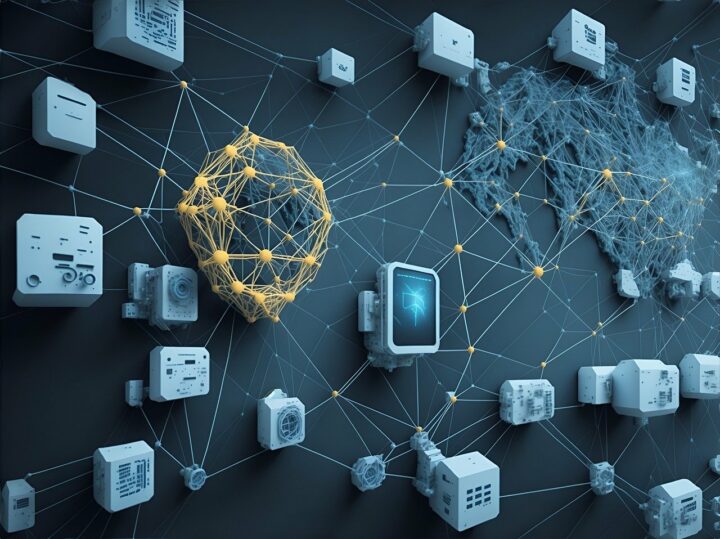
Before we get into the good stuff, let’s first understand how IoT works.
Think of IoT as physical devices (like your smartwatch, refrigerator, or a thermostat) equipped with tiny sensors and software. These devices collect data like temperature, location, or how often they’re used and then send it over the internet to other devices (or even a central platform) where it’s processed.
Chances are, you might already have one (or more!) of these items at home. Imagine a smart home where you can control your lights, adjust the thermostat, or brew a fresh pot of coffee simply by tapping your phone or saying, “Hey Alexa, turn on the lights.”
Of course, this isn’t limited to everyday items. On a larger scale, factories rely on IoT to track how they’re running, figure out when they need maintenance, and avoid costly breakdowns.
The main goal of IoT is to make life easier, save time, and give us better information. When devices “talk” to each other, they can automate boring tasks and work more efficiently, leaving people free to focus on more important things.
Although the Internet of Things sounds amazing, it does come with some challenges. Setting up, managing, and connecting all these devices can be time-consuming and complicated. Each device often requires its own app, login credentials, and updates, making the process frustrating and inefficient.
… But that’s exactly where QR codes come in.
How QR Codes Help IoT Connectivity
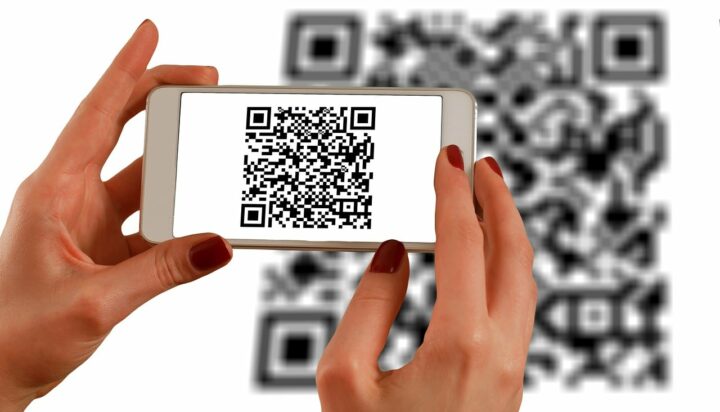
Dynamic QR codes are an absolute game-changer when it comes to IoT connectivity because they simplify the (traditionally cumbersome) process of setting up and managing these smart devices.
Let’s take a real-world example and imagine you’ve just purchased a new smart thermostat. Traditionally, you’d open a manual, download a specific app, create an account, and then struggle with finding your specific device and syncing your phone to the thermostat over Wi-Fi. Sounds like a pain, right?
Now imagine that your shiny new thermostat has a small sticker with a QR code. You simply open your smartphone’s camera, scan the QR code, and are instantly taken to a setup page specifically for that device.
Ok, that was easy… but wait, there’s more! You follow the prompt to connect it to your WiFi and instantly set your temperature preferences, link it to your other smart devices (like your voice assistant), and set up energy usage limits — all from one integrated interface!
Benefits of QR Codes in IoT
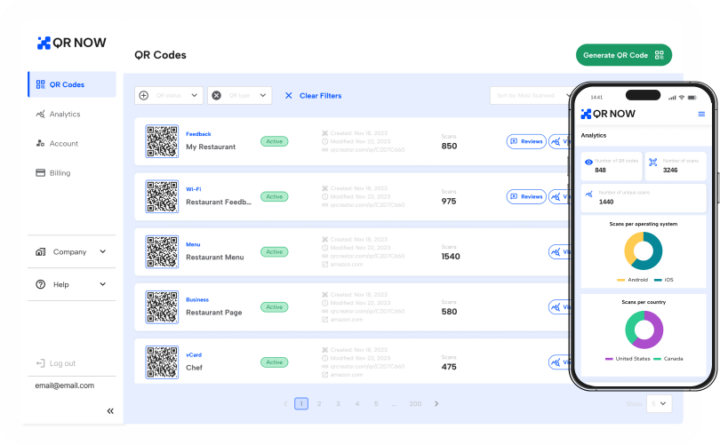
As you can imagine, integrating QR codes into IoT systems has many benefits.
One of the biggest perks of QR codes is how they simplify setting up devices. Normally, setting up an IoT gadget means downloading apps, reading manuals, and navigating confusing menus.
However, like in our thermostat example above, with QR codes, you just scan a code, and it does the heavy lifting for you.
QR codes also make updating and maintaining your devices much easier. Instead of hunting down instructions or searching through user forums, you can just scan a QR code to get the latest software update or troubleshooting tips. It keeps your devices running smoothly without you having to waste hours on upkeep.
Finally, QR codes make it easier to provide feedback on IoT systems. In public spaces, for instance, you might see a QR code on a vending machine. A quick scan lets you report a problem, suggest improvements, or even check its status. This kind of instant interaction ensures everything runs smoothly and any issues are fixed faster.
QR codes aren’t limited to everyday users either. Take the example of a business where IoT sensors track inventory levels, shelf temperatures, and more. By scanning a QR code, store employees can quickly see real-time data like what’s selling fast, where to restock, or if a fridge sensor reports abnormal temperature readings. This immediate access not only boosts efficiency but also reduces waste, ensuring products remain fresh.
As you can see, dynamic QR codes offer a seamless “bridge” between users and their IoT devices, which makes setup, maintenance, and integration more accessible than ever. There’s no doubt that these tiny yet mighty tools will remain an essential part of our lives.
